I'm trying to fully understand Dependency Injections. I'm defining a Filter and would like to read from a configuration file. Is it a better practice to instantiate Configuration inside of the filter or can this be done so globally, such as in the startup? If So, any pointers for how to do so?
public class CompanyFilter : ActionFilterAttribute
{
string _ERPUrl;
public CompanyFilter(IConfiguration iconfiguration)
{
ERPUrl = iconfiguration.GetSection("AppSettings").GetSection("ERPUrl").Value;
}
public override void OnActionExecuting(ActionExecutingContext filterContext)
{
if (filterContext.Controller is Controller controller)
controller.ViewBag.ERPUrl = _ERPUrl;
//filterContext.Controller.ViewBag.Company = "Test";
}
}
Startup Class
public class Startup
{
public Startup(IConfiguration configuration)
{
Configuration = configuration;
}
....
Controllers
namespace Projects.Controllers
{
[CompanyFilter]
public class HomeController : Controller
{
....
The following error is produced.
Controllers\HomeController.cs(14,6): error CS7036: There is no argument given that corresponds to the required formal parameter 'iconfiguration' of 'CompanyFilter.CompanyFilter(IConfiguration)'
